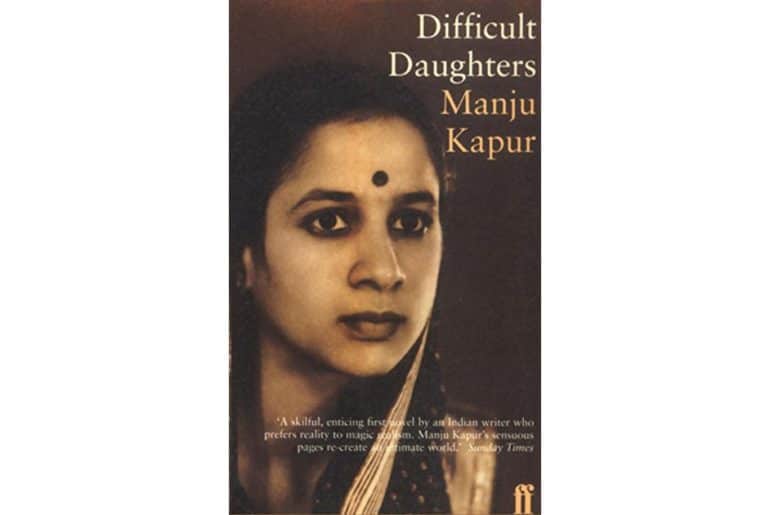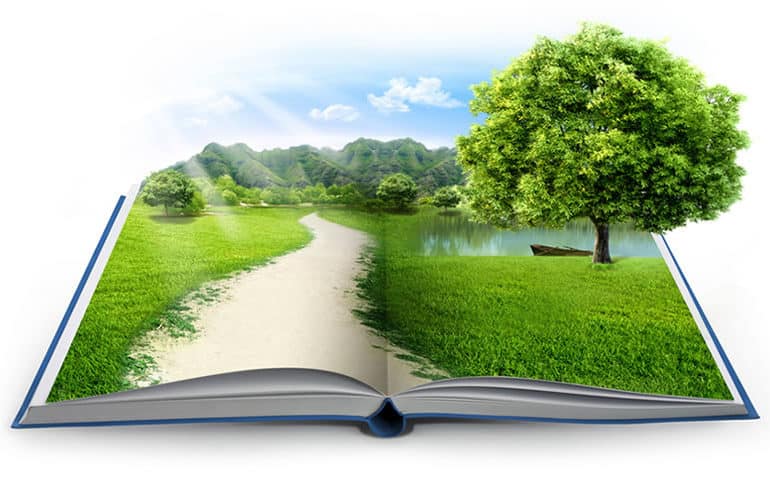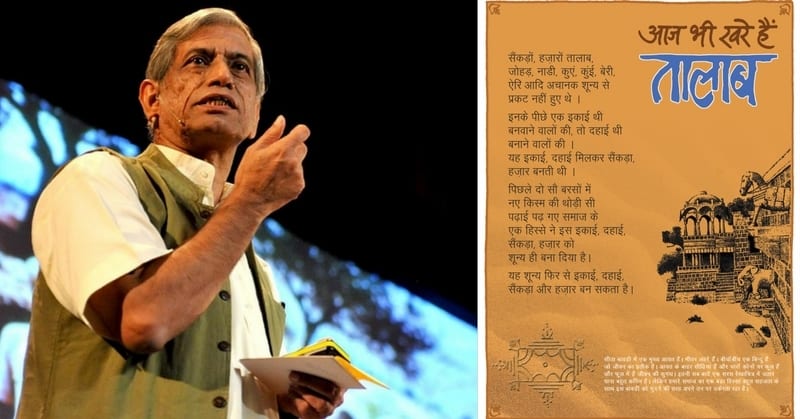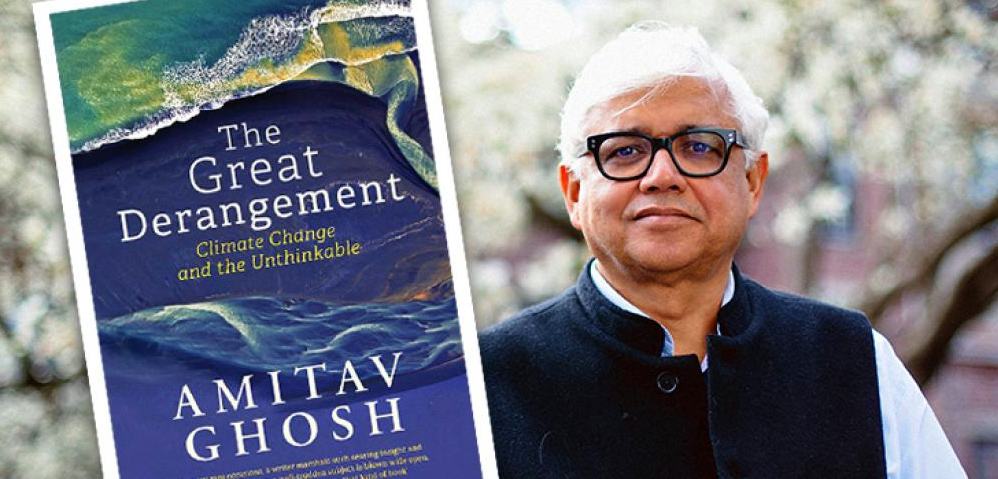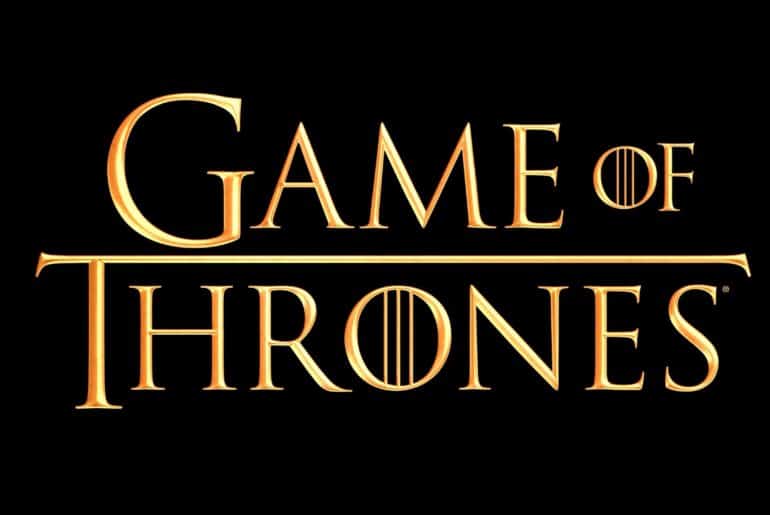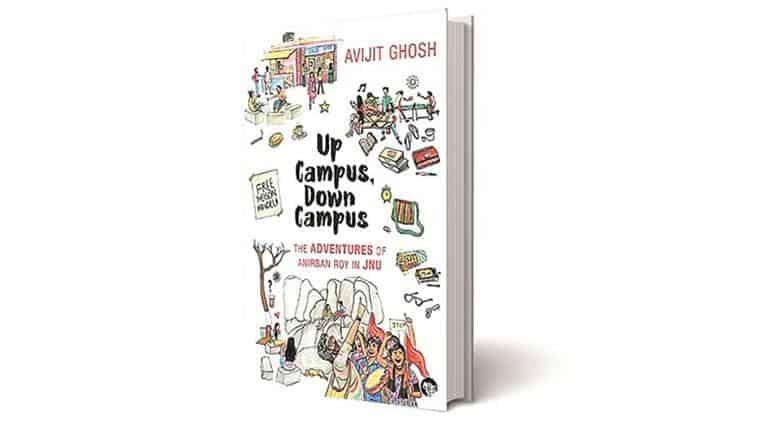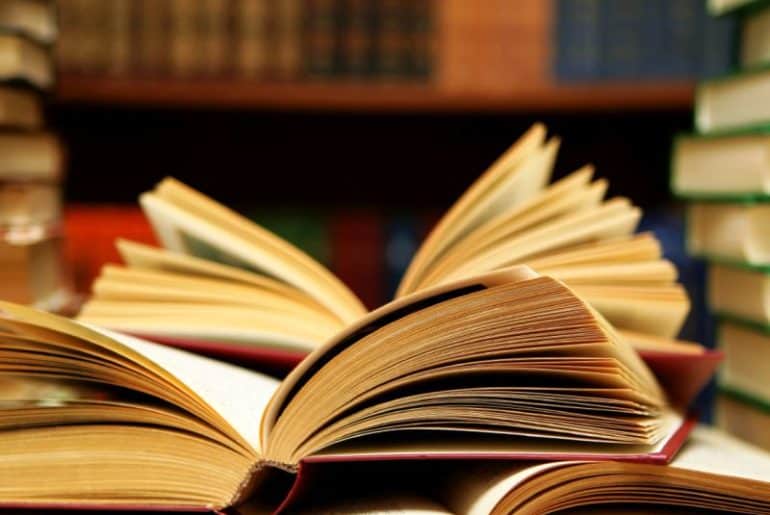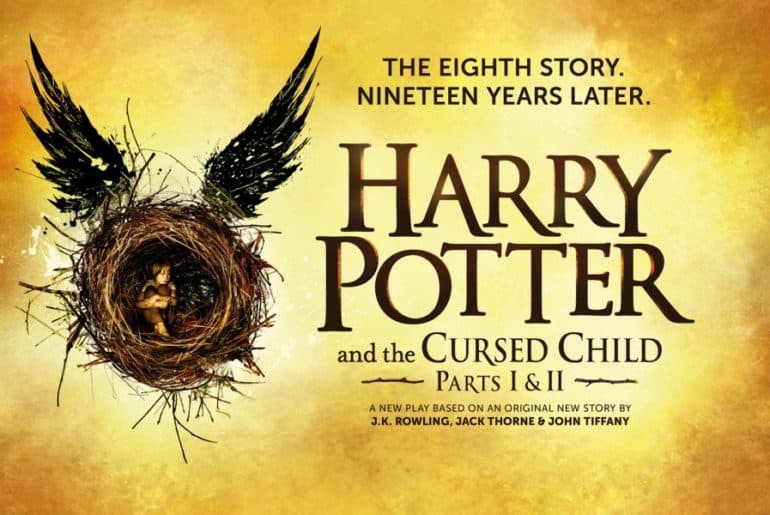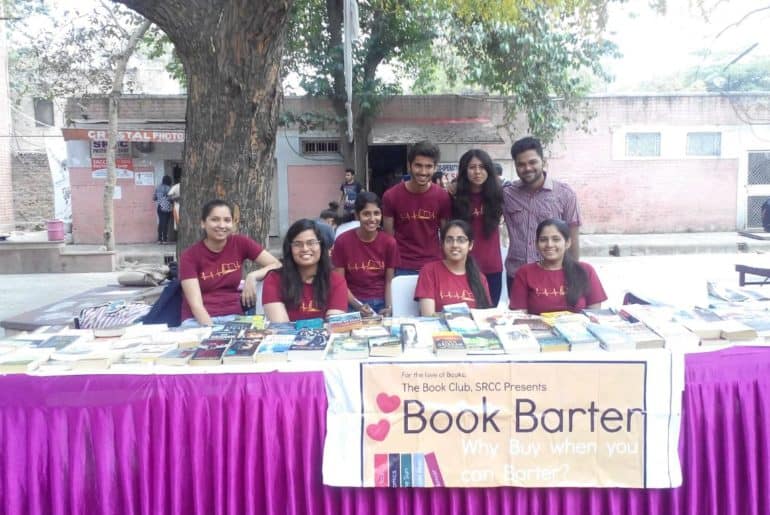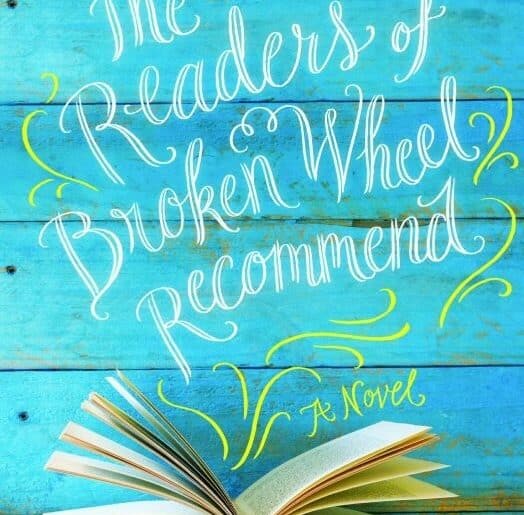Written by Manju Kapur, a former professor of Miranda House, Difficult Daughters, published in 1998, is a story of Virmati narrated by her daughter Ida.
The book initially promises to be a feminist tale of a mother-daughter relationship set against the ever so interesting backdrop of Partition, but soon all the hopes and expectations dissolve in a pool of disappointment. As a writer on Goodreads aptly writes, “It mostly concerns itself with peculiar family dynamics, little wars, tiny power struggles – pretty much anything that’s left to women who don’t have any other outlet through which they could express themselves or gain a sense of accomplishment.”
if you are someone who loves to read about the mundane things such as day to day chores, then you will find the storytelling engaging. However, there the plot leaves some important questions unanswered. The whole premise of the story is based on Ida’s quest to uncover her mother’s past, but the readers will never understand why Ida wanted to know more about her Mother’s life in the first place.
The story has many feminist figures like Shakuntala and Swarnlata, while the protagonist feels inspired by them, she never quite embodies feminist values which feel uncomforting. Besides, the uncontested acceptance of Harish, Virmati’s husband and Professor throughout the book is upsetting.
The best thing about Manju Kapu’s writing is that the story moves fluidly through time periods and places- Amritsar, Lahore, and finally Delhi. It is so beautifully done that one actually learns a great deal about the cities and its lifestyle prevailing post partition. The literary life of Lahore and vibrancy of Amritsar is capture very vividly, while Delhi because it appears briefly is given just passing mention.
Overall, Difficult Daughter is a pleasant read, not for its multi-dimensional characters or spellbinding diegesis, but for its evocative imagery.
Feature Image Credits: Good Reads
Niharika Dabral

